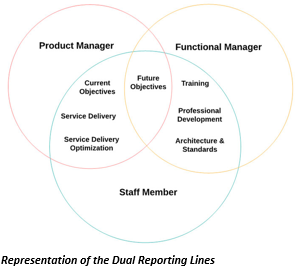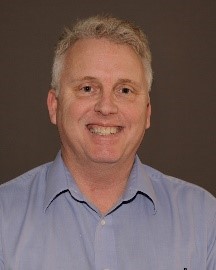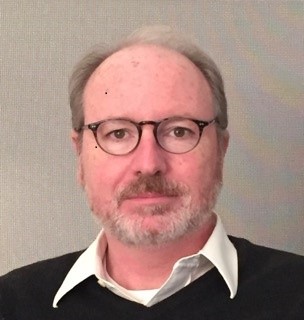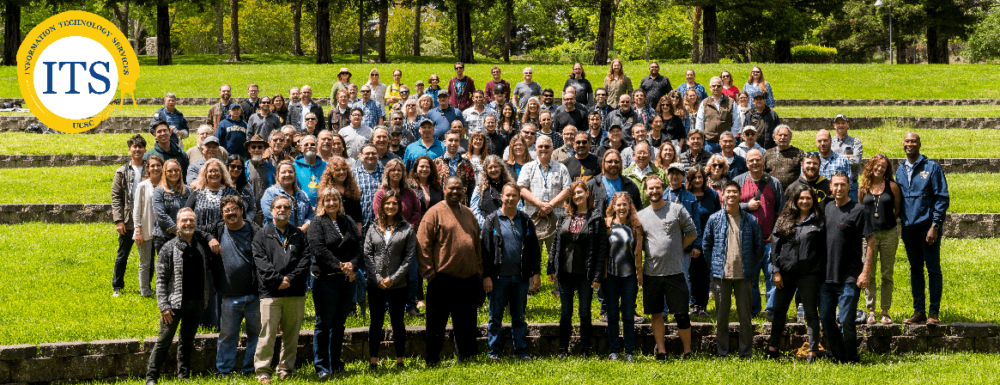By Jim Phillips and Jim Williamson. Over a decade ago, the Information Technology Services (ITS) Division at UC Santa Cruz had a structure that was fairly typical in higher education. The ITS Division was organized around a set of central enterprise services, with groups of decentralized support staff embedded in the academic and administrative divisions.
At that time, the reallocation of distributed staff into a central ITS Division resulted in efficiency gains, which helped to stave off service declines during a slew of successive California state budget cuts.
The campus has slowly emerged from the darkest days of the 2008-2011 budget downturn. Faculty lines and student enrollments have increased, and new campus construction projects have begun. In some cases, this growth occurred without commensurate IT investment. Technical debt ensued. The ITS Division struggled to meet the needs of the campus and was sometimes put in the uncomfortable position of making tactical tradeoffs based solely on exigent needs.
Major Reorganization Effective Nov 1, 2019
In the summer of 2019, UC Santa Cruz’s ITS Division embarked on a major reorganization to strengthen customer focus, promote lean thinking and develop a governance model where the consumers of the technology become participants in institutional decisions.
The organizational changes are designed to address a number of challenges that may sound familiar: Customer needs were sometimes delayed due to technology limitations or resource constraints. Some services were “one-deep” or siloed within a small group of technical support staff. It was difficult to implement division-wide technical standards. Performance metrics and key performance indicators (KPIs) were not always tracked, and data was not always used to provide leadership with actionable information on the technologies and services deployed.
Led by UCSC Vice Chancellor of Information Technology Van Williams, this transformation centers on developing a product mindset that aligns more closely with customer requests, improves the user experience, builds technical skill depth, and adapts more quickly to the dynamic needs of the campus. Underpinning this move to a product mindset is a deep commitment to staff conveyed through the following:
- Professional development to help individual staff members move toward their career goals
- Technical training to equip staff with the hard and soft skills needed to succeed, including agile methodologies to increase velocity and productivity
- An intent to foster joy at work so that all ITS staff members feel valued and able to contribute in meaningful ways by developing and taking advantage of their personal skills and strengths
The Development of ITS Staff
The new focus on professional development and technical training enables unprecedented mobility and establishes the potential for staff to define their futures in the organization. The plan is intended to allow ITS staff to pursue professional development in their areas of interest, job shadow to get a flavor for the real-world work experience of a new position, and even volunteer for a short-term rotation with a different technical group or product team.
In addition to helping staff better align their personal and career objectives, a parallel effort is under way to introduce a new organizational mindset-built on the principles of product management and lean practices-across the ITS Division and the entire campus. This product-driven organization will move through work faster and automate business processes wherever possible, always adapting to customer needs. With a strong focus on IT Service Management and guided by the SAFe Lean-Agile principles, the ITS Division will expand how it uses data to measure progress. One key role in the new organizational model will be the product manager, who will work closely with stakeholders to assess their needs, freeing up technical teams to focus on outcomes.
Functional Team vs. Product Team – Dual Reporting
The majority of ITS staff will have two affiliations: The functional team, which defines the approach to work, and the product team, which is responsible for getting the work done.

Even though most ITS staff will have two managers, their job duties will not be changing at this time.
- Functional manager: Responsible for professional development, process development, policy, architecture and tool standardization. The functional manager will also be responsible for HR needs, i.e., timekeeping/vacation requests.
- Product manager: Responsible for setting team priorities related to the set of products the team supports and ensuring the team operates in an Agile fashion.
Vision
The vision of the transformation – to combine product management and a customer-centric focus with a commitment to staff training and professional development – is gaining momentum on the campus.
Williams described how the effort transcends the ITS Division: “We are not only transforming ITS, we are attempting to transform the campus. This change goes beyond digital transformation. It is about becoming the heart and soul of a campus strategic and cultural transformation that is built on being user-driven, customer-focused, and operationally excellent. The goal of this transformation is to rethink and redefine what a higher-ed organization can do when technology becomes a true amplifier of the academic mission.”
And as the journey continues, it is reassuring to see similar efforts across the UC system and among other institutions of higher education. There is, of course, a recognition that ITS may not get this 100 percent correct and, borrowing from Agile terminology, will have to “inspect and adapt.”
In the coming months, governance groups and campus leaders will engage in cross-domain planning and collaborative discussions of prioritization. UC Santa Cruz is changing because IT has changed. Technology has matured to a point where we are able to embrace a more customer-centric focus.
Excerpted from Jim Phillips and Jim Williamson, Dx and Evolving Organizational Models, EDUCAUSE Review, October 14, 2019. Reposted with permission of the authors.
 Jim Phillips is director, campus engagement, Chief Experience Officer Unit, Information Technology Services, UC Santa Cruz.
Jim Phillips is director, campus engagement, Chief Experience Officer Unit, Information Technology Services, UC Santa Cruz.
 Jim Williamson is director, Campus Education Technologies, UCLA.
Jim Williamson is director, Campus Education Technologies, UCLA.







